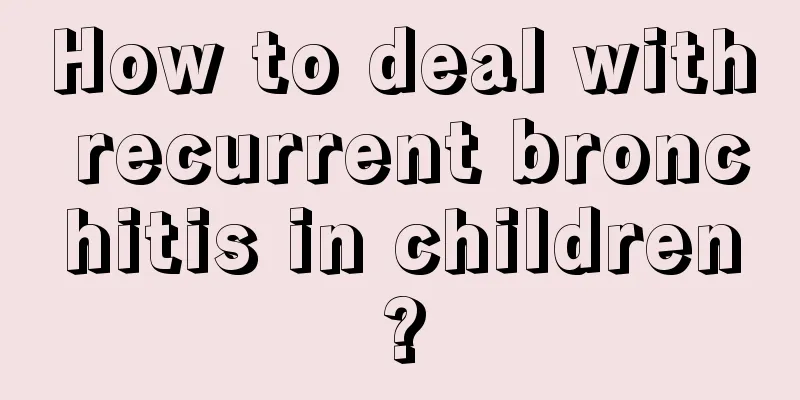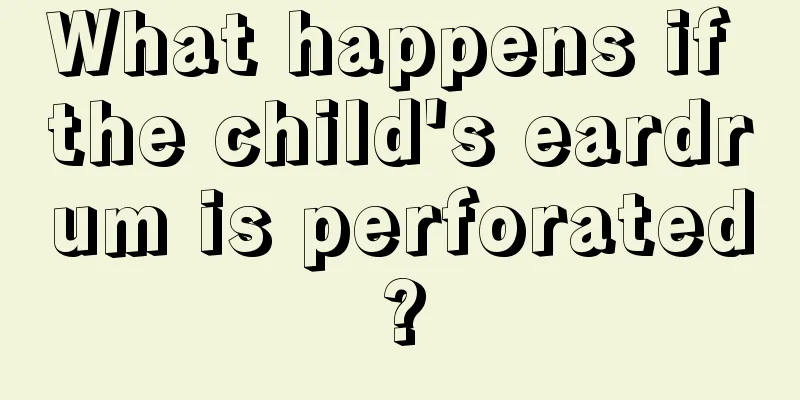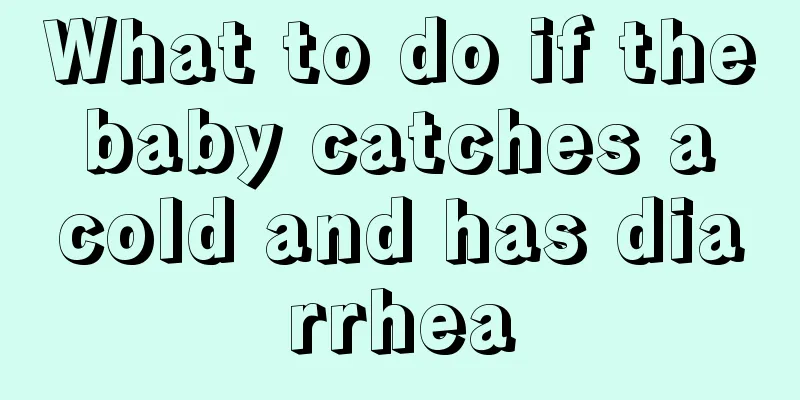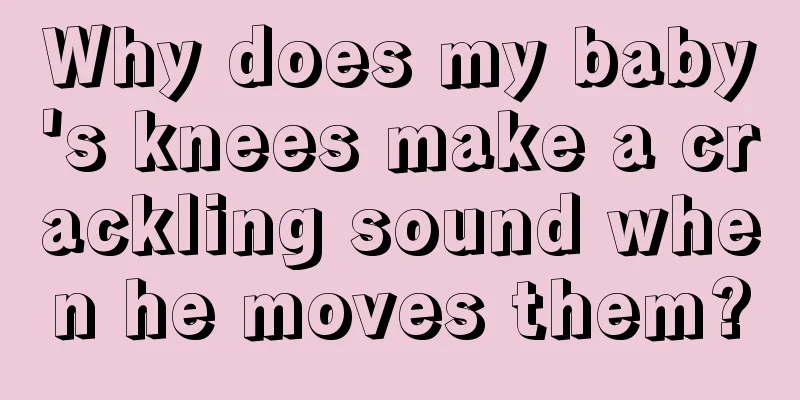Child's toenails falling off
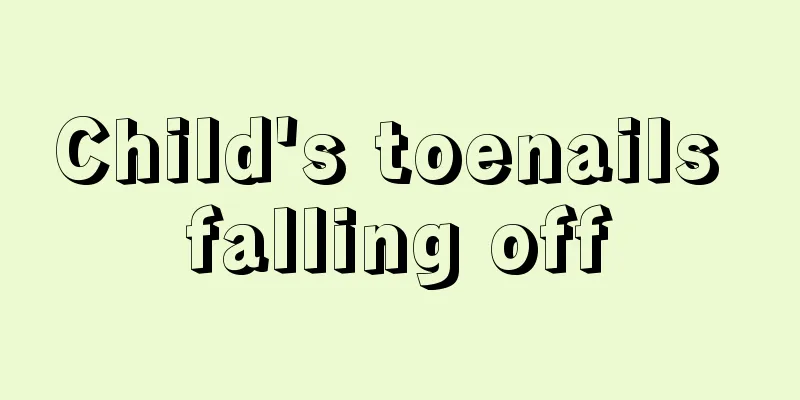
|
Many parents do not understand the situation of children's toenails falling off. They think it may be caused by trauma. In fact, more reasons may be caused by a certain disease of the child's body, including hand, foot and mouth disease in children, lichen planus, etc. Do not ignore the seriousness of this situation, because it may cause great harm to the child's health. Protect your child's nails well. 1. It may be onychomycosis Onychomycosis caused by fungal infection not only affects adults, but children can also be infected. Moreover, onychomycosis is prone to cross-infection. It may be on the feet, and then touched by the hands, it will be transmitted to the fingernails. Afterwards, the nails will become grayish, brittle and fall off easily. Onychomycosis usually does not heal on its own. Parents should take their children to see a doctor as soon as possible and use oral, topical medications or surgery to treat onychomycosis. In addition, some folk remedies for treating onychomycosis should also be used with caution to avoid aggravating the condition. Usually, if you seek medical treatment for onychomycosis and take medication as recommended, your nails will return to normal in about three months. Second, it may be caused by some physical illness Clinically, diseases such as hand, foot and mouth disease, thyroid disease, and lichen planus may cause children's fingernails and toenails to fall off. For example, in the common case of hand, foot and mouth disease, many children will experience nail separation and falling off about 2-6 weeks after recovery from the disease. If parents suspect that their child's nail loss is caused by the above-mentioned diseases, it is recommended that they seek medical attention in time to diagnose the condition. After the specific cause is confirmed, symptomatic treatment should be provided. While the disease is cured as soon as possible, the symptoms of nail loss will also recover early. If the nail loss is caused by hand, foot and mouth disease, new nails will generally grow in about 3 months and no deliberate treatment is required. 3. Pay attention to children's nail shedding 1. Protect your nails When the nails and nail beds fall off, you should take care to protect the nails. Do not always use the hand with the fallen nails to play or eat. Remember to wear gloves when necessary to prevent the nails from coming into contact with bleach or other chemicals. Do not bite your nails. 2. Apply anti-inflammatory drugs When nails fall off, they not only affect the appearance, but are also easily infected with fungi, causing diseases such as onychomycosis and paronychia. Therefore, it is recommended that you go to the hospital as soon as possible after your nails fall off and consult a doctor to find out whether you need to apply anti-inflammatory drugs to prevent fungal infection, nail ulceration, and affect the growth rate. 3. Don’t take the initiative to remove the nail If the baby's nails have not fallen off completely, be careful not to pull out the remaining nails actively to avoid damaging the nail bed. Pay attention to hand hygiene in daily care and warn children not to pull, scrape or pull nails that are about to fall off. |
Recommend
A brief introduction to the diet for seven-month-old babies
A baby is a new member of a family and the fruit ...
What are the prescriptions for rectal medication in children?
Pediatric rectal disease is a relatively serious ...
How to care for baby's snoring throat
Babies under three years old are very susceptible...
Children with high antistreptolysin
The physical health of children has always been t...
Reasons why baby's lips are not red
Every parent wants their child to have rosy lips....
What to do if your child has anorexia?
How can I improve my child's picky eating and...
What to do if children have allergic dermatitis? These methods are very effective
If a child develops allergic dermatitis, the best...
Is the baby's stuffy nose a cold?
Babies often have nasal congestion, which can be ...
What to do if your child is allergic to medicine and it itches
Children are very weak when they are young. If pa...
What to do if your baby has a cough, fever and runny nose
If your baby has a cough, fever and runny nose, p...
What are the symptoms of lead poisoning in children?
Children's health has always been a problem f...
What is the cause of fever after leprosy vaccination?
After the child is born, he or she needs to go to...
What anti-inflammatory medicine should a child take if he has a fever after tooth extraction?
Tooth extraction is actually a very normal minor ...
The baby has a fever and rolls his eyes and twitches. What's going on?
What parents worry about most is the problem of t...
What should I do if my baby becomes red and swollen after vaccination?
After the baby is born, he begins to develop cont...
